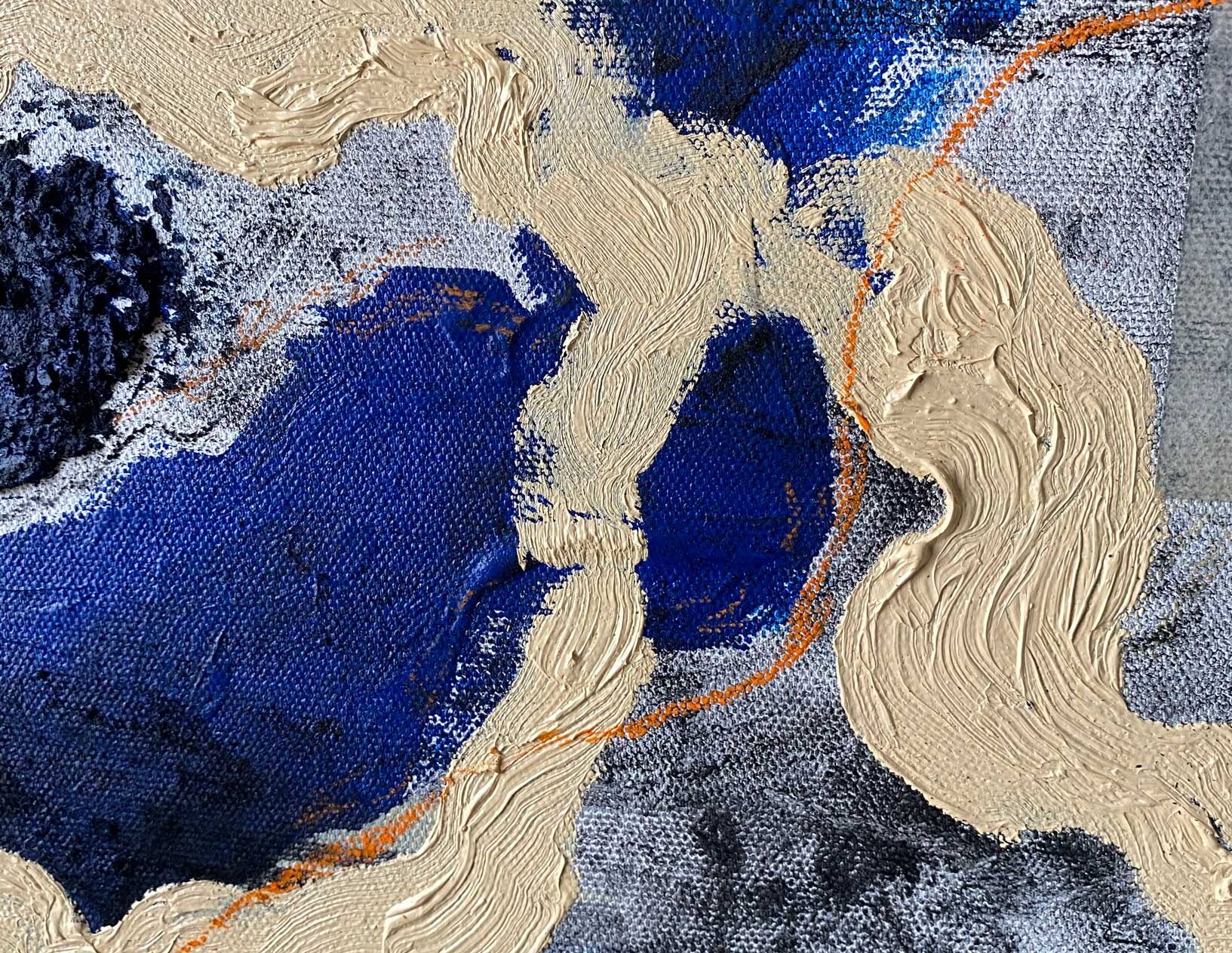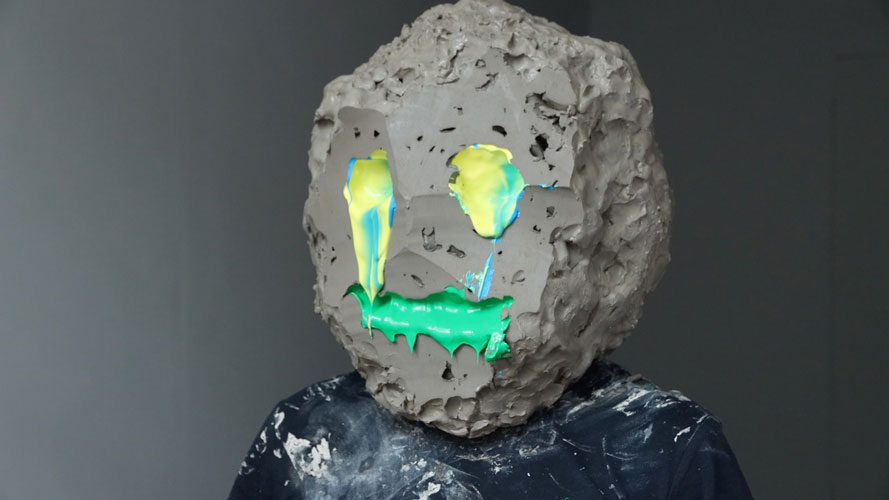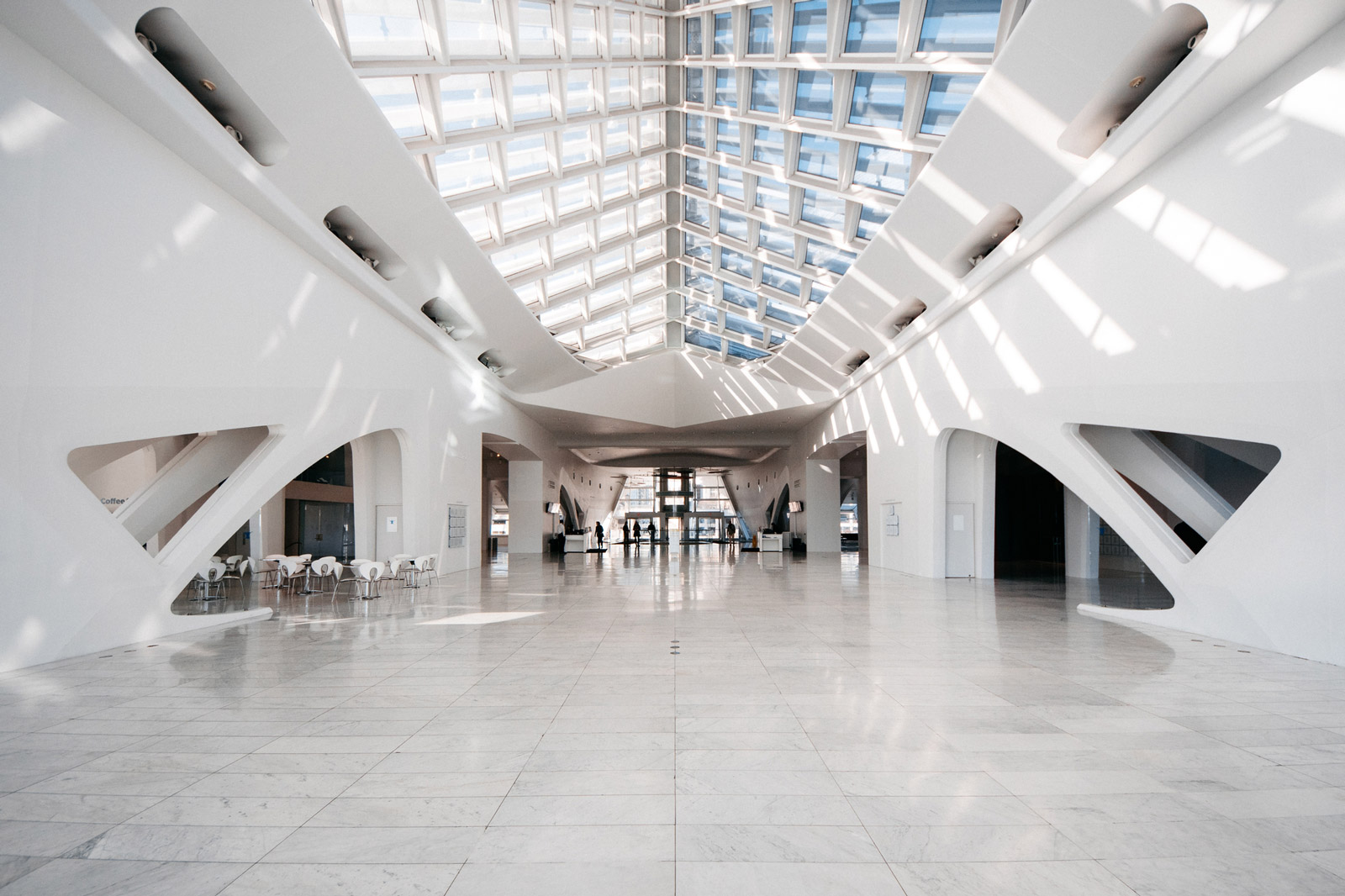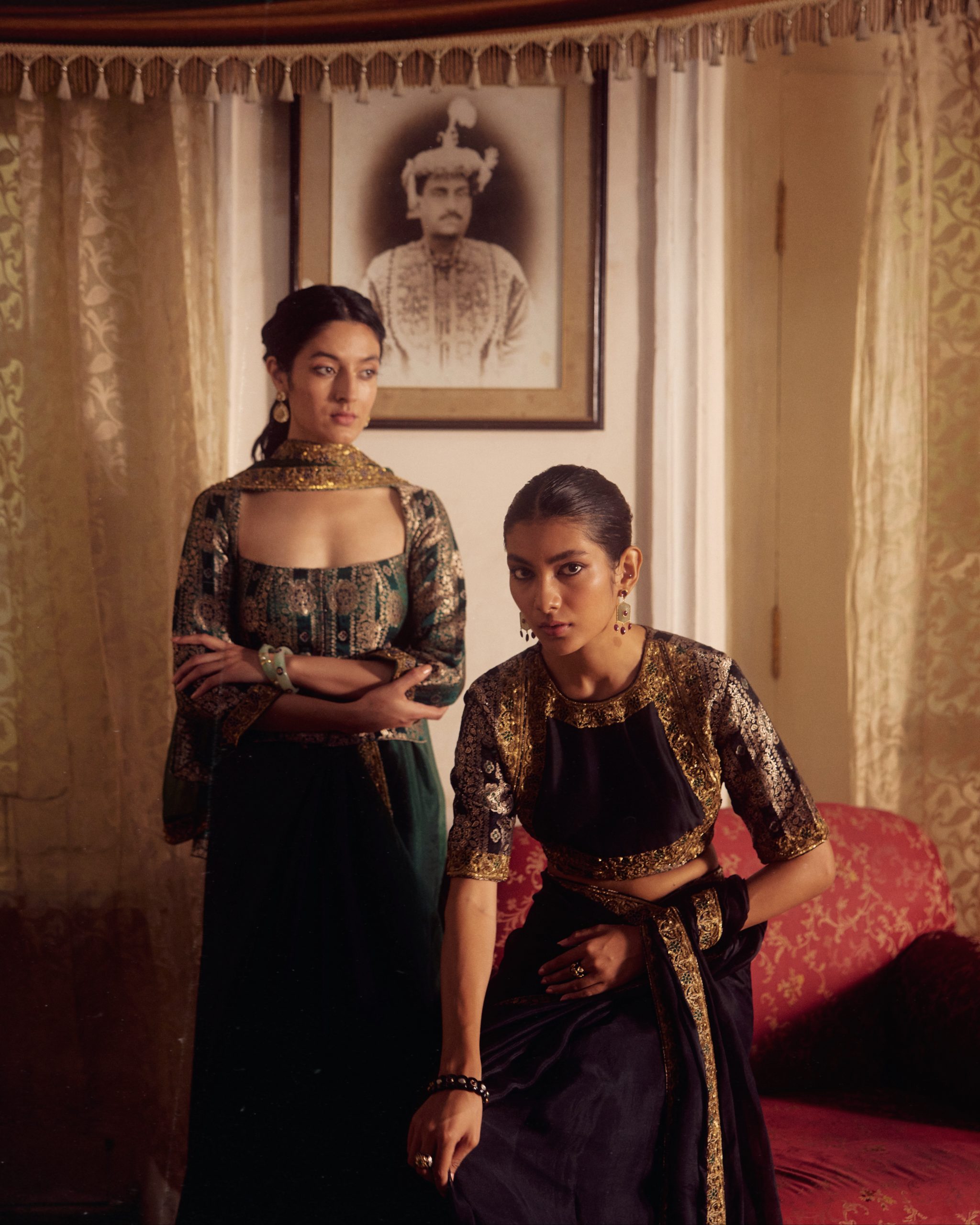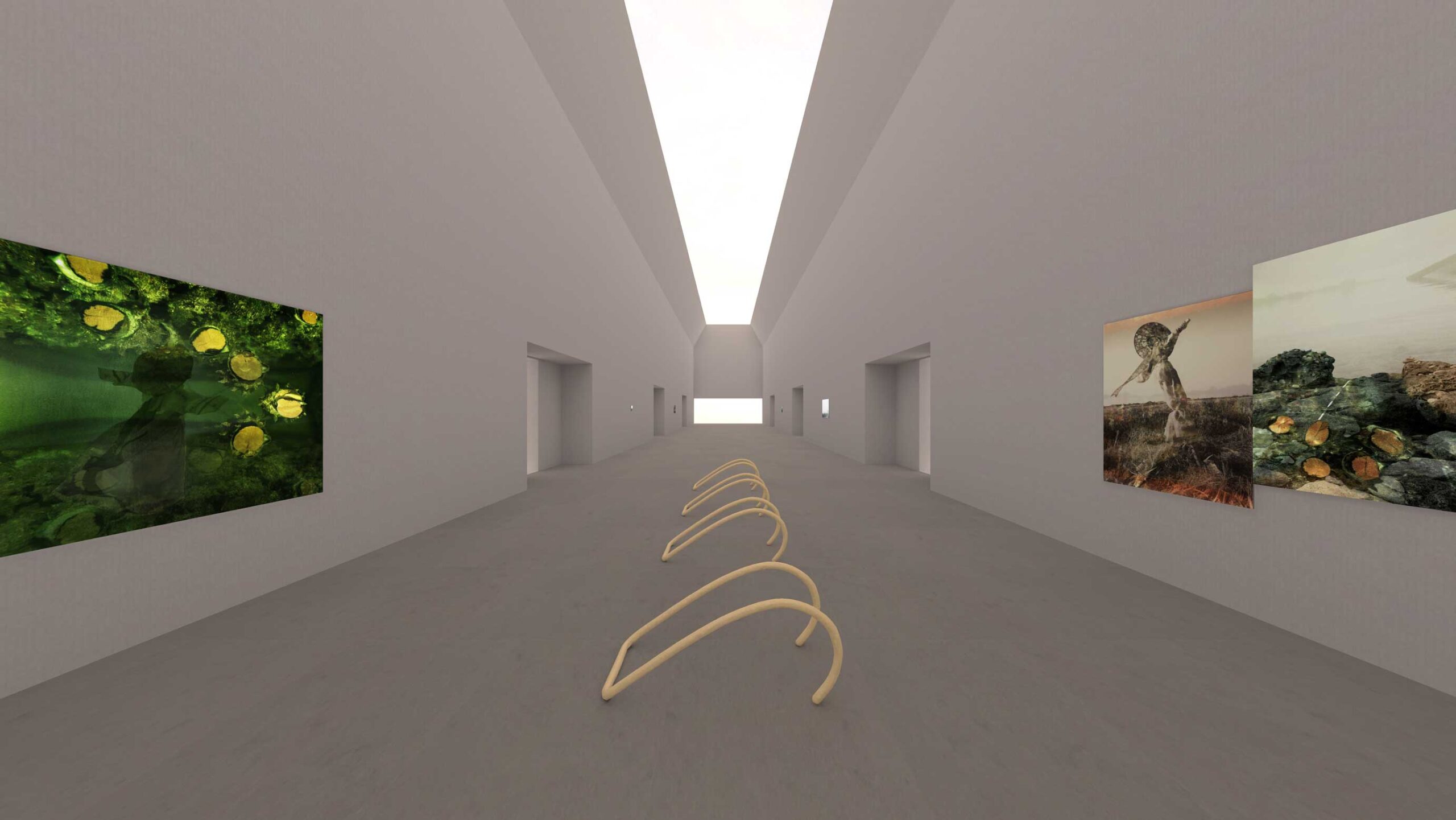The artists of any time are deemed madmen of any generation. Be it their creative genius that derives them to the peripheries of the society or their passion for life and art that makes them unpopular among regular people. In a Modernist world, the community of artists has been given a pedestal of being saviours of civilization. They have been accepted and admired but a creative mind has always been associated with mental illness and psychological disorders. This has in recent times turned into an aesthetic for the artist community. Be it Van Gogh’s eccentric behaviour, Munch’s delirium or Frida’s melancholia; most people crave a certain depth of mental instability among artists. Perhaps because it gives their creative process light of justification. In this process we also detach from them and recognize them as the other, conveniently associating their creativeness with madness.
Art has paved the way to mental wellness and proved to be useful for the good of society. Pablo Picasso was a great advocate of art therapy. He said, “Art washes from the soul the dust of everyday life.”
In recent times, art has become a means of therapy for a lot of people. A lot of academic courses on art have been introduced for people to follow just out of interest or for the sake of exploration. Art has also become available to people through print and media. Art has been a global phenomenon of utmost importance since the beginning of civilization. But now it is has become more than a phenomenon, it is the dire need of the hour. It has slipped into the corners of the lifestyle of today’s world and integrated with life and its multifaceted aspects. It has become more than just a decorative piece of work.
Art is an experience. Art is protest. Art is revolution. Art is the voice of people. And more.
Art and mental wellness have been a new area of interest for many. AORA founded by Jennifer Ellis and Benni Allan has started taking art to the people suffering immobility in the form of a virtual gallery which has been a success in times of the pandemic. Many studies show that art can help in recovery from illnesses and help in stimulating positivity among people. Art therapy has also helped significantly in including people with special needs in the spectrum of creative enlightenment and has served as a medium of growth. The artists themselves turn to art as a mode of therapy. Many artists believe that creating art has helped them in times of despair and given them the strength to go on.
“When I was in Delhi, I used to go out on art dates around the city, see places and illustrate while watching the sunset. These art dates were my stress busters. Whenever an idea pops in my head randomly, the whole process of visualizing, creating a draft and then finally converting that thought into a doodle makes me feel accomplished and make me look forward to making more art.” Nandini
“I have always felt the desire of living in completely another way I used to know from society. That’s why people have often seen me as a bit weird. Not matching. The art was and it is also a kind of therapy… (The process is) Usually a great mess. Around me as well as in me. It doesn’t mean I behave like a crazy scientist. It can be an extremely calm mess” Thinloth
“I find the routine of studio work to be quite therapeutic, especially the space that opens up to think about other things when I make work.” William Cobbing
Art has become an important element of understanding human nature and the structure that surrounds us. It has become a mode of reflecting the inner self to understand the outer realities of existence. In a world where time is just a representation of a clock and thousands of feet walk the same street race where the destination is only a capitalist grim reaper, art has given us time to stand still and look inside. Ponder. Art has given us time to steal a breath from the smog of cities and dwell in a moment of captive leisure. Viewing art in this new therapeutic light and keeping aside the prejudices against the communities of artists has really helped bridge the gap between society, art and artists. It has served the greatest of purposes and given us a cave to retreat to when we are tired of the fluctuations of the world and need a moment of serenity.
Text by Mariyam Fatima.
Edited by Romina Bertetti.
Cover photo by Harleen Kaur.
Featured artists: Nandini, William Cobbing, Thinloth.


